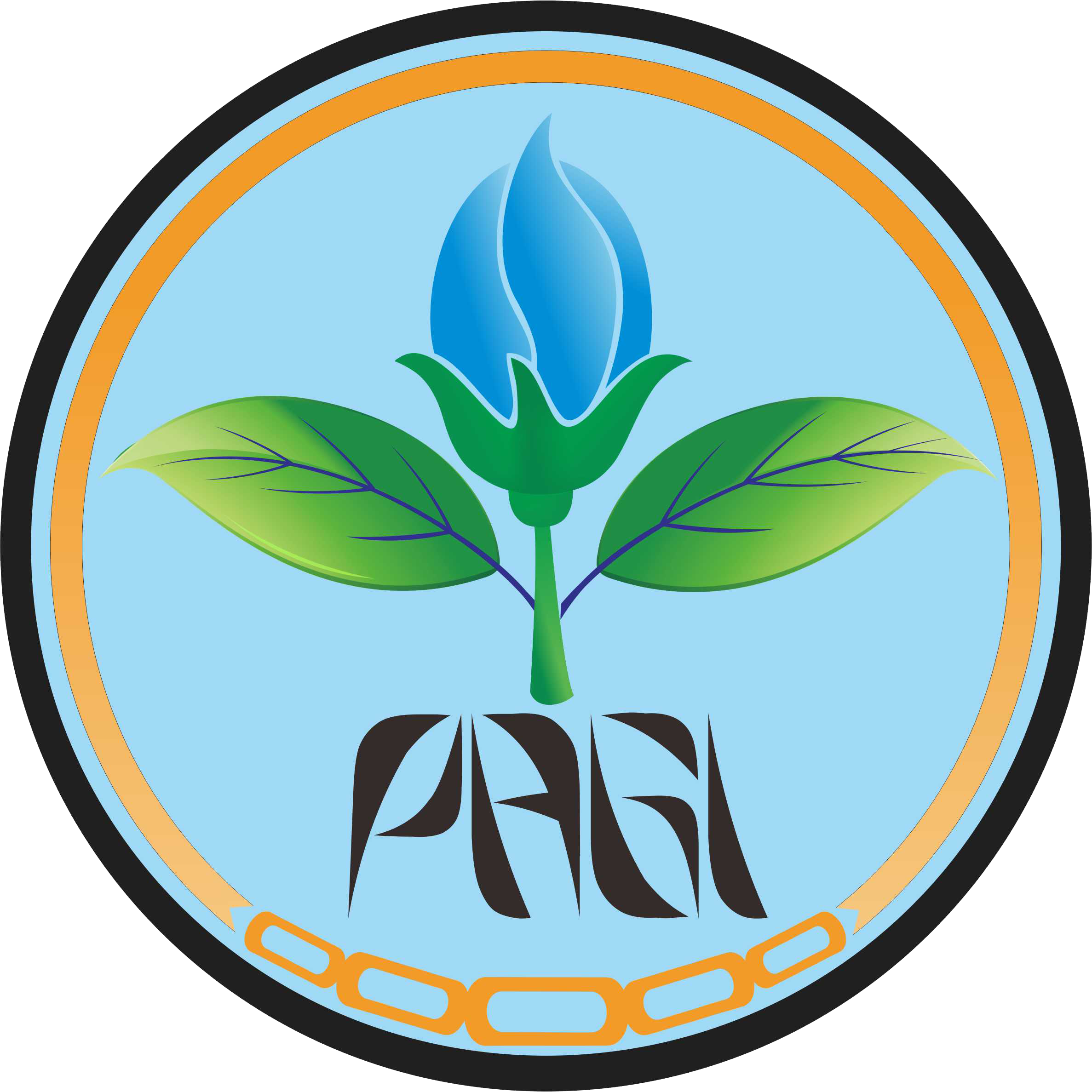Beauveria bassiana untuk Pengendalian Bemisisa tabaci pada Budidaya Kedelai Organik
Abstract
Keywords
Full Text:
PDF(ID)References
Afifah L, Saputro NW. 2020. Growth and viability of entomopathogenic fungus Beauveria bassiana (Balsamo) Vuillemin in different alternative media. IOP Conf Ser: Earth Environ Sci. 468(1):012037. https://doi.org/10.1088/1755-1315/468/1/012037.
Afrinda D, Salbiah D, Laoh JH. 2014. Uji beberapa konsentrasi Beauveria bassiana Vuillemin lokal dalam mengendalikan hama kepik hijau (Nezara viridula L.) (Hemiptera : Pentatomidae) pada kedelai (Glycine max L.). Jom Faperta. 1(2):1–10.
Atmiasih D, Kusumawardani I, Prabowo AAP. 2021. Pemanfaatan Daun Sirsak sebagai Larutan Nutrisi Tanaman menuju Pertanian Organik Berkelanjutan. J Agric Biosys Engin Trop (J-ABET). 1(1):11–17.
[BPS] Badan Pusat Statistik Kabupaten Banyuwangi. 2022. Kabupaten Banyuwangi dalam angka. Banyuwangi (ID): BPS Kabupaten Banyuwangi.
Bedjo B, Marwoto M. 2017. Identifikasi hama dan pengendaliannya secara terpadu pada tanaman kedelai. In: Nugrahaeni N, Abdullah Taufiq, Utomo JS, editor. Bunga Rampai Teknik Produksi Benih Kedelai. Jakarta (ID): IAARD Press. hal. 43–74.
Behie SW, Jones SJ, Bidochka MJ. 2015. Plant tissue localization of the endophytic insect pathogenic fungi Metarhizium and Beauveria. Fungal Ecol. 13:112–119. https://doi.org/10.1016/j.funeco.2014.08.001.
Djafar Z, Lihawa M, Husain I, Iswati R. 2022. Potensi jamur Beauveria bassiana (Blas.) Vuill dalam mengendalikan serangga hama pada tanaman cabai rawit (Capsicum frutescens L.). Jurnal Agroteknotropika. 11(1):57–64.
Erdiansyah I, Syarief M, Kusairi MI. 2021. The effect of color type and light intensity of Light Emitting Diode (LED) light traps on the types and number of pest insect catches in rice plantations. Cropsaver. 4(1):10–14. https://doi.org/10.24198/cropsaver.v4i1.28555.
Humairoh D, Hidayat MT, Prayogo Y. 2013. Pengaruh kombinasi jenis cendawan entomopatogen dengan kerapatan konidia terhadap intensitas serangan larva ulat grayak. Lentera Bio. 2(1):19–23.
Indiati SW. 2012. Pengaruh insektisida nabati dan kimia terhadap hama thrips dan hasil kacang hijau. Penelitian Pertanian Tanaman Pangan. 31(3):152–157.
Jaber LR, Ownley BH. 2018. Can we use entomopathogenic fungi as endophytes for dual biological control of insect pests and plant pathogens? Biol Control. 116:36–45. https://doi.org/10.1016/j.biocontrol.2017.01.018.
Juniawan MF, Faizah U, Isnawati I, Prayogo Y. 2013. Pengaruh kombinasi jenis cendawan entomopatogen dan frekuensi aplikasi terhadap mortalitas kutu kebul (Bemisia tabaci). LenteraBio. 2(1):37–41.
Listianti NN, Winarno W, Erdiansyah I. 2019. Pemanfaatan ektrak daun pepaya (Carica papaya L.) sebagai insektisida nabati pengendali walang sangit (Leptocorisa acuta) pada tanaman padi. Agriprima : J Appl Agric Sci. 3(1):81–85. https://doi.org/10.25047/agriprima.v3i1.142.
Marwoto M, Inayati A. 2011. Kutu kebul: Hama kedelai yang pengendaliannya kurang mendapat perhatian. Iptek Tanaman Pangan. 6(1):87–98.
Ningsih DH, Sucipto S, Wasonowati C. 2012. Efektifitas daun sirsak (Annona mucirata L.) sebagai biopestisida terhadap hama Thrips pada tanaman kacang hijau (Vigna Radiata L.) [tidak dipublikasikan]. Telang (ID): Program Studi Agroekoteknologi, Universitas Trunojoyo Madura.
Purba E. 2020. Aplikasi cendawan entomopatogen Beauveria bassiana terhadap jenis dan serangan hama serta pertumbuhan dan produksi pada tanaman kedelai (Glycine max L.) [Skripsi]. Medan (ID): Universitas Medan Area.
Sari YP, Samharinto S, Langai BF. 2018. Penggunaan asap cair Tandan Kosong Kelapa Sawit (TKKS) sebagai pestisida nabati untuk mengendalikan hama perusak daun tanaman sawi (Brassica juncea L.). Enviro Sci. 14(3):272–284. https://doi.org/10.20527/es.v14i3.5699.
Siambaton EJ. 2016. Dinamika populasi hama Phthorimaea operculella dan intensitas serangannya pada tanaman kentang di Sembalun Lombok Timur [skripsi]. Mataram (ID): Fakultas Pertanian, Universitas Mataram.
Sudiono S, Purnomo P. 2009. Hubungan antara populasi kutu kebul (Bemisia tabaci Genn.) dan penyakit kuning pada cabai di Lampung Barat. Jurnal Hama dan Penyakit Tumbuhan Tropika. 9(2):115–120. https://doi.org/10.23960/j.hptt.29115-120.
Tantawizal T, Inayati A, Prayogo Y. 2015. Potensi cendawan entomopatogen Beauveria bassiana (Balsamo) Vuillemin untuk mengendalikan hama boleng Cylas formicarius F. pada tanaman ubijalar. Buletin Palawija. 53(29):46–53.
Thungrabeab M, Tongma S. 2007. Effect of entomopathogenic fungi, Beauveria bassiana (Balsam) and Metarhizium anisopliae (Metsch) on non target insects effect of entomopathogenic fungi, Beauveria bassiana (Balsam) and Metarhizium anisopliae (Metsch) on non target in. KMTIL Sci Tech J. 7(November 2007):8–12.
Vikhe AG, Dale N, Umbarkar R, Labade G, Savant A, Walunj A. 2016. In Vitro and In Vivo induction, and characterization of toxins isolated from Beauveria bassiana. Intern J Pure Appl Biosci. 4(3):97–103. https://doi.org/10.18782/2320-7051.2303.
Wang Z, Yan H, Yang Y, Wu Y. 2010. Biotype and insecticide resistance status of the whitefly Bemisia tabaci from China. Pest Manag Sci. 66(12):1360–1366. https://doi.org/10.1002/ps.2023.
Wowiling BP, Salaki C, Makal H, Tulung M. 2015. Pemanfaatan jamur Beauveria bassiana terhadap serangga Aphis sp. pada tanaman cabe. Cocos. 6(6):1–13.
Zhakaria M. 2016. Efektivitas Beauveria bassiana Vuillemin sebagai agens hayati hama walang sangit Leptocorisa oratorius Fabricius (Hemiptera : Alydidae) di Laboratorium [Skripsi]. Jember (ID): Fakultas Pertanian, Universitas Jember.
Refbacks
- There are currently no refbacks.






